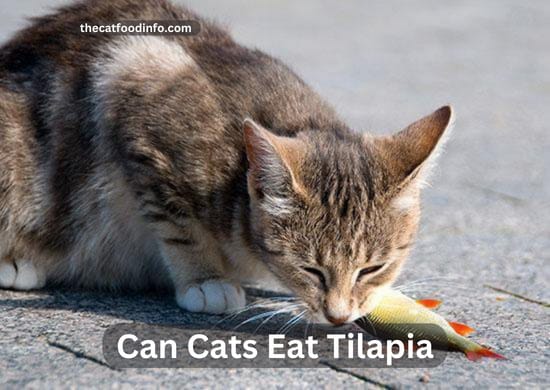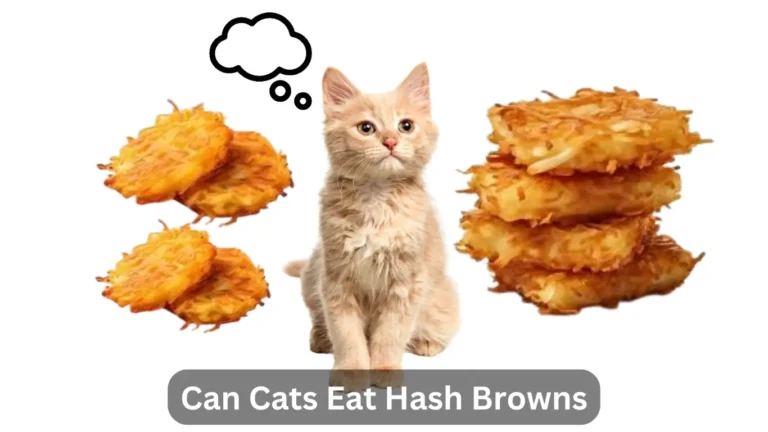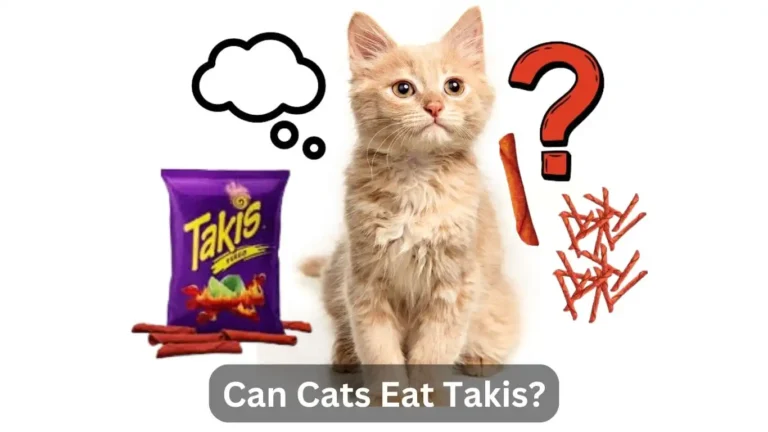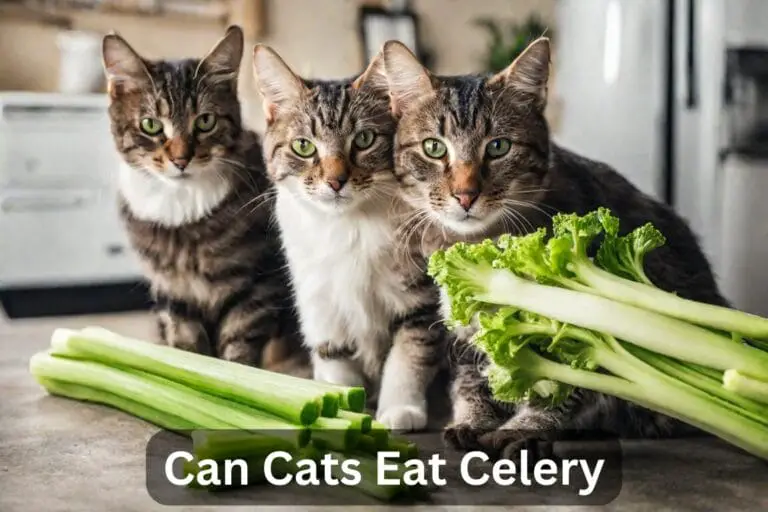Can Cats Eat Turnips? A Detail Guide
As we know, turnips are a type of vegetable safe for humans in some amount, but the question is “ Can Cats Eat Turnips? “ because
It is not necessary which food humans can eat, the same food also be safe for cats or pets, perhaps the same food may not be safe for cats.
In this detailed guide, we are going to discuss cats and turnips and also their health impacts ( Risks and Benefits ) on cats. So, let’s get started to find out the answer.
Can Cats Eat Turnips?
Yes, cats can eat turnips. Turnips are non-toxic to cats and can be given as an occasional treat. However, it’s important to gradually add turnips to your cat’s diet and monitor for any adverse reactions. Always remember to feed your cat turnips in moderation, as too much can cause indigestion.
Additionally, make sure turnips are cooked and cut into small, manageable pieces to prevent choking hazards. Overall, although turnips can be safely enjoyed by cats, it is best to consult your veterinarian before making any significant changes to your cat’s diet.
Health Benefits Of Turnips For Cats
While turnips are generally safe for cats to consume in moderation, they do not offer specific health benefits for cats. Here are some considerations:
Nutritional Content
Turnips contain vitamins and minerals such as vitamin C, vitamin K, and potassium. While these nutrients are beneficial to human health, cats have different nutritional needs. They are obligate carnivores, meaning they require a diet consisting primarily of animal protein to thrive. Although turnips may provide some nutrients in small amounts, they are not the primary source of essential nutrients for cats.
Hydration
Turnips are high in water content, which can contribute to a cat’s hydration. However, cats usually get most of their hydration from their food rather than drinking water separately. Although turnips can contribute to overall hydration, they should not replace a cat’s water intake.
Fiber
Turnips contain fiber, which aids digestion and helps prevent constipation in cats. However, cats have relatively low fiber needs compared to omnivores like humans. While a small amount of fiber from turnips can benefit a cat’s digestive system, consuming too much fiber can cause gastrointestinal upset.
Antioxidants
Turnips contain antioxidants, which can help neutralize harmful free radicals in the body. Although antioxidants are beneficial for overall health, cats typically get these compounds from sources such as meat rather than vegetables such as turnips.
While turnips are not harmful to cats and may provide some minor nutrition, they are not a necessary or important part of a cat’s diet. It is important to prioritize feeding cats a balanced diet that is specifically formulated to meet their unique nutritional needs.
Can Cats Easily Digest Turnips?
No, cats cannot easily digest turnips. Cats are obligate carnivores with digestive systems specialized to efficiently process animal protein. Although turnips are not poisonous to cats, their digestive systems are not as efficient at handling plant matter as efficiently as turnips as they can handle meat.
Feeding turnips to cats can result in digestive discomfort or difficulties due to their limited ability to break down and extract nutrients from plant-based foods. It is important to carefully introduce turnips into your cat’s diet and monitor their response closely to ensure they tolerate them well.
Health Risks Of Turnips To Cats
While turnips are generally considered safe for cats in small amounts, there are some potential health risks associated with feeding them to cats:
Digestive Upset
Cats have a digestive system that is primarily adapted to digest animal protein. Adding turnips to a cat’s diet can cause digestive upset, including symptoms such as diarrhea, vomiting, or stomach upset. The high fiber content in turnips can be difficult for cats to digest, potentially leading to gastrointestinal upset.
Choking Hazard
Turnips, especially if not properly prepared, can be a choking hazard for cats. Cats may have difficulty chewing and swallowing large pieces of turnips, leading to choking incidents. To minimize the risk, it’s important to cook turnips thoroughly and cut them into small, manageable pieces before serving them to your cat.
Urinary Issues
Some cats may suffer from urinary problems such as bladder stones or urinary tract infections. Turnips contain oxalates, compounds that can contribute to the formation of crystals in the urinary tract. Feeding turnips to susceptible cats may cause urinary problems or increase the risk of developing urinary tract problems.
Allergic Reactions
While relatively rare, some cats can be allergic to turnips. Signs of an allergic reaction can encompass itching, the appearance of hives, swelling, or breathing difficulties. If you suspect your cat is having an allergic reaction to turnips, stop feeding them immediately and consult a veterinarian for guidance.
While turnips are not inherently toxic to cats, they can pose potential health risks if not introduced carefully or fed in excess. It is important to monitor your cat’s response to turnips and consult a veterinarian if you have any concerns about their diet or health.
What Will Happen If My Cat Overeats Turnips?
If your cat eats too many turnips, he may experience digestive upset, including symptoms such as diarrhea, vomiting, or stomach upset. Additionally, the high fiber content in turnips can cause gastrointestinal upset. Overeating turnips can also put your cat at risk of choking, especially if the pieces are large and not properly prepared.
How To Feed Turnips To Cats Safely?
Feeding turnips to cats can be done safely by following these tips:
- Introduce Gradually: Start by offering small amounts of cooked turnips to gauge your cat’s reaction and tolerance. Add them to your diet gradually to prevent indigestion.
- Cook Thoroughly: Always cook turnips before feeding them to your cat. Raw turnips can be difficult for cats to digest and pose a choking hazard.
- Cut into Small Pieces: Cut cooked turnips into small, bite-sized pieces to reduce the risk of choking and make them easier for your cat to eat.
- Monitor Portion Sizes: Offer turnips as an occasional treat rather than a staple in your cat’s diet. Monitor portion sizes to prevent overeating and potential digestive issues.
- Mix with Cat Food: Mix a small amount of cooked turnips with your cat’s regular food to encourage acceptance and ensure he gets a balanced diet.
- Observe for Reactions: After feeding your cat turnips, watch for signs of an allergic reaction or digestive upset. If you notice any adverse reactions, stop feeding turnips and consult your veterinarian.
- Consult with a Vet: Before making any significant changes to your cat’s diet, consult your veterinarian. They can provide personalized advice based on your cat’s individual needs and health status.
By following these tips, you can safely add turnips to your cat’s diet and treat them occasionally, ensuring their overall health and well-being.
Do Cats Like Turnips?
Cats may not be naturally inclined to enjoy turnips. Their taste preferences are primarily meaty, and turnips are generally not pleasing to their palates. However, individual cats may have different preferences, so some may be interested in turnips while others may not.
It’s important to carefully introduce turnips to your cat and observe their reactions to see if they enjoy them. Offering small amounts of turnips as an occasional treat along with their regular diet is a great way to gauge your cat’s preference for this vegetable.
Can Cats Eat Turnip Greens?
Yes, cats can eat turnip greens. Turnip greens are safe for cats to consume in small amounts as an occasional treat. However, it is important to ensure that they are thoroughly washed and free of any pesticides or harmful chemicals.
Gradually adding turnip greens to your cat’s diet can provide some variety and additional nutrients. As with any new food, monitor your cat for any adverse reactions and consult a veterinarian if you have any concerns.
Conclusion
Although turnips are generally safe for cats to eat in moderation, it’s important to consider their individual dietary needs and preferences. Although turnips may offer some minor nutrition, they are not a necessary or important part of a cat’s diet. Turnips should be introduced into your cat’s diet gradually and carefully, monitoring for any adverse reactions. It is always recommended to consult a veterinarian before making any significant changes to your cat’s diet to ensure their overall health and well-being. By following these guidelines and prioritizing your cat’s nutritional needs, you can safely add turnips to their diet.
FAQs
Can Cats Eat Turnips Every Day?
No, it’s not recommended for cats to eat turnips every day.
Can Cats Eat Turnip Leaves?
Yes, turnip leaves are safe for cats to eat in moderation as an occasional treat. Ensure thorough washing before feeding.
Why Does My Pet Love Turnips?
Individual pet preferences may vary, but some may enjoy turnips for their taste or texture.
Which Animals Eat Turnips?
A variety of animals eat turnips, including humans, livestock such as cows and sheep, and wildlife such as deer and rabbits.
Do Turnips Taste Like Potatoes?
No, turnips have a unique flavor that is distinct from potatoes. They are often described as slightly peppery or bitter compared to the mild flavor of potatoes.








One Comment